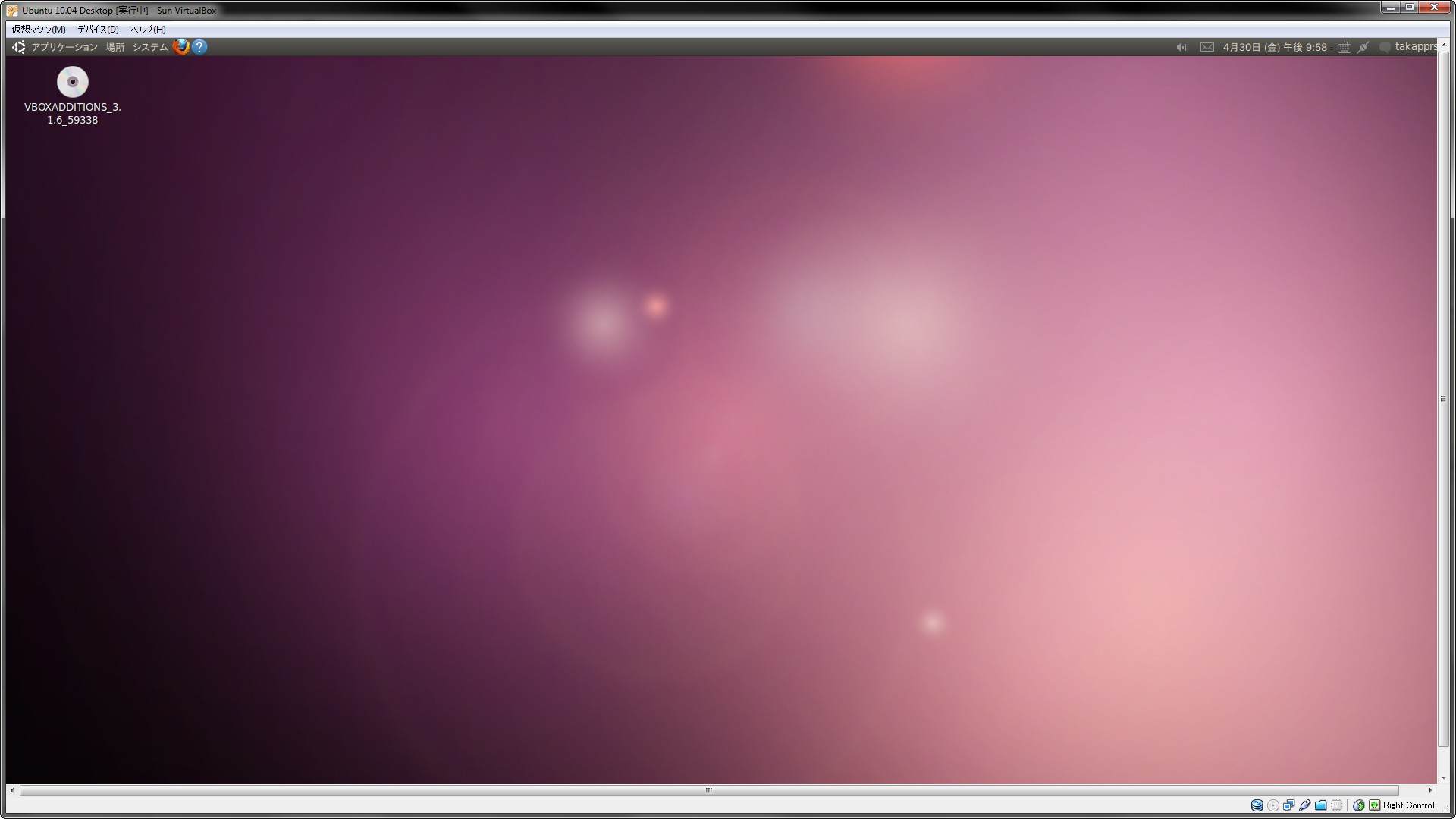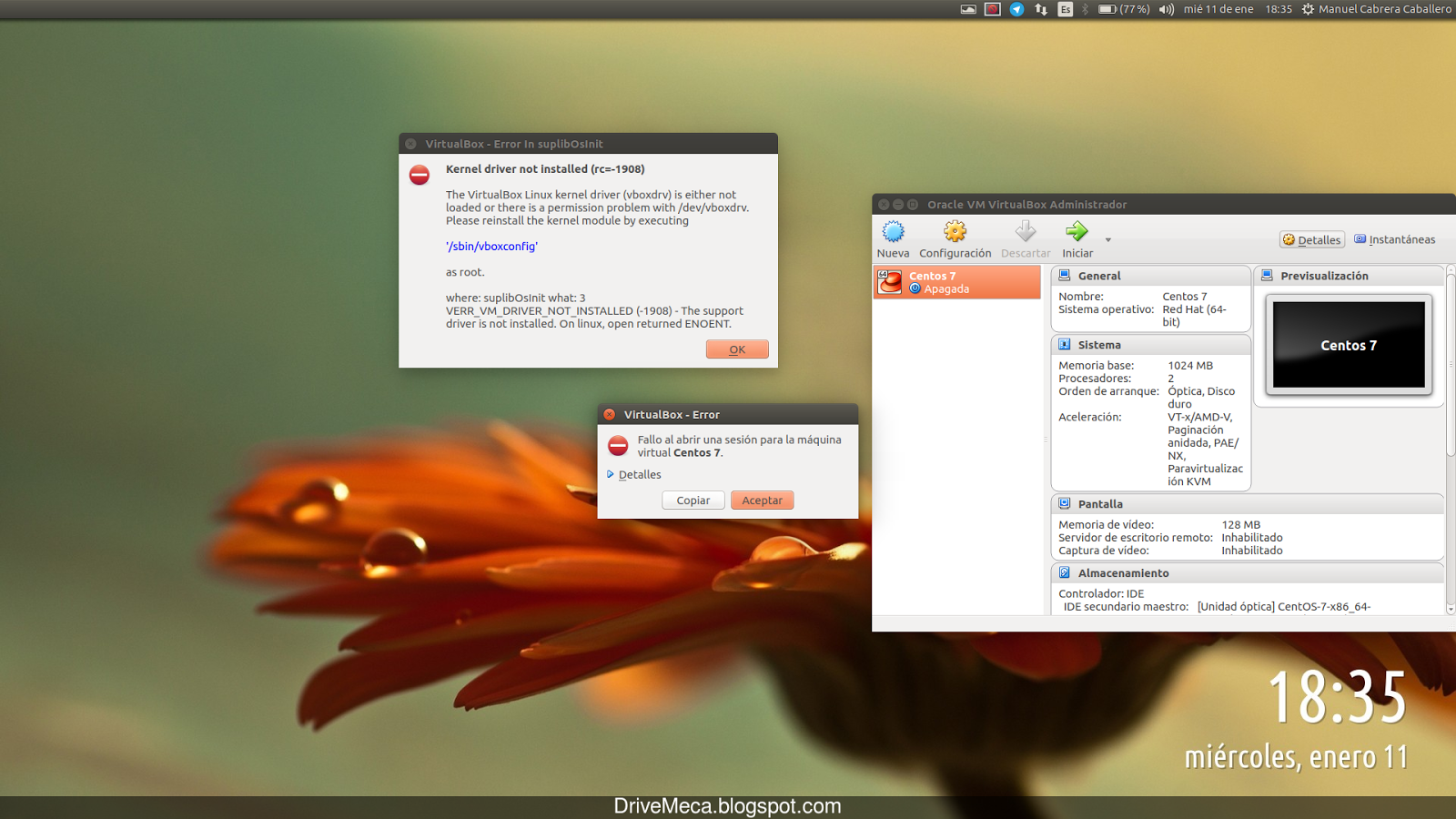

Installing Guest additions from the repositories If you have trouble installing Ubuntu in a VirtualBox VM, because the installer window does not fit the low resolution screen size, you can move the window with Alt+ F7. There is a bit of a learning curve due to the amount of ground it covers, but it's worth the effort. It can capture, demodulate, analyze and generate bursts representing digital communication. Universal Radio Hacker is an end-to-end RF reverse engineering tool. Inspectrum is an easy-to-use FFT viewer for multiple file formats (determined by the file suffix). More information on GQRX is available here: Inspectrum In this case, try it a couple of times and you should be able to select the device/setting you want.

If the available devices have changed (or even appear that way in the VM), it may not start up cleanly. GQRX remembers the last device and settings used. Select the RTL device from the initial dialog, or from I/O devices (second icon on the menu bar). The fastest way to see something interesting using a real SDR device is to run GQRX (icon that looks like a pulse). Which should print out status, and then appear to hang.

RunĪnd make sure that the log shows the Realtek device being discovered. Open a terminal (Terminator is the icon with 4 red boxes).

Select any devices you would like to use in the VM under Devices/USB. Host USB devices (e.g., a RTL dongle, USRP B2xx) can be taken from the host and given to the VM. The first icon in the app menu (the GNU Radio logo) will start GRC. The VM uses a persistent disk image, (1) your preferences and work will be saved, and (2) it is best to shut down the VM as if it were a real computer to avoid loss of work. If the image fails to boot, and the error dialog "Details" mention xHCI, then the extension pack was most likely not installed correctly. For High DPI monitors, you may want to select a scaling factor under the same menu. Select a more useful resolution under View/Virtual Screen 1. The screen will start off at low resolution. Select the image and hit the "Start" button. Once the OVA is loaded it will show up in the list of available images in VirtualBox. OVA files are loaded into VirtualBox under File/Import Appliance. Installation is under File/Preferences/Extensions. Distributions do not always use the latest version. If downloading manually, make sure the extension pack version number matches the VirtualBox version number. This is needed for USB 3 and is a requirement for running the VM, even if you are not actually going to use USB 3. Installing the VirtualBox Extension Pack


 0 kommentar(er)
0 kommentar(er)
